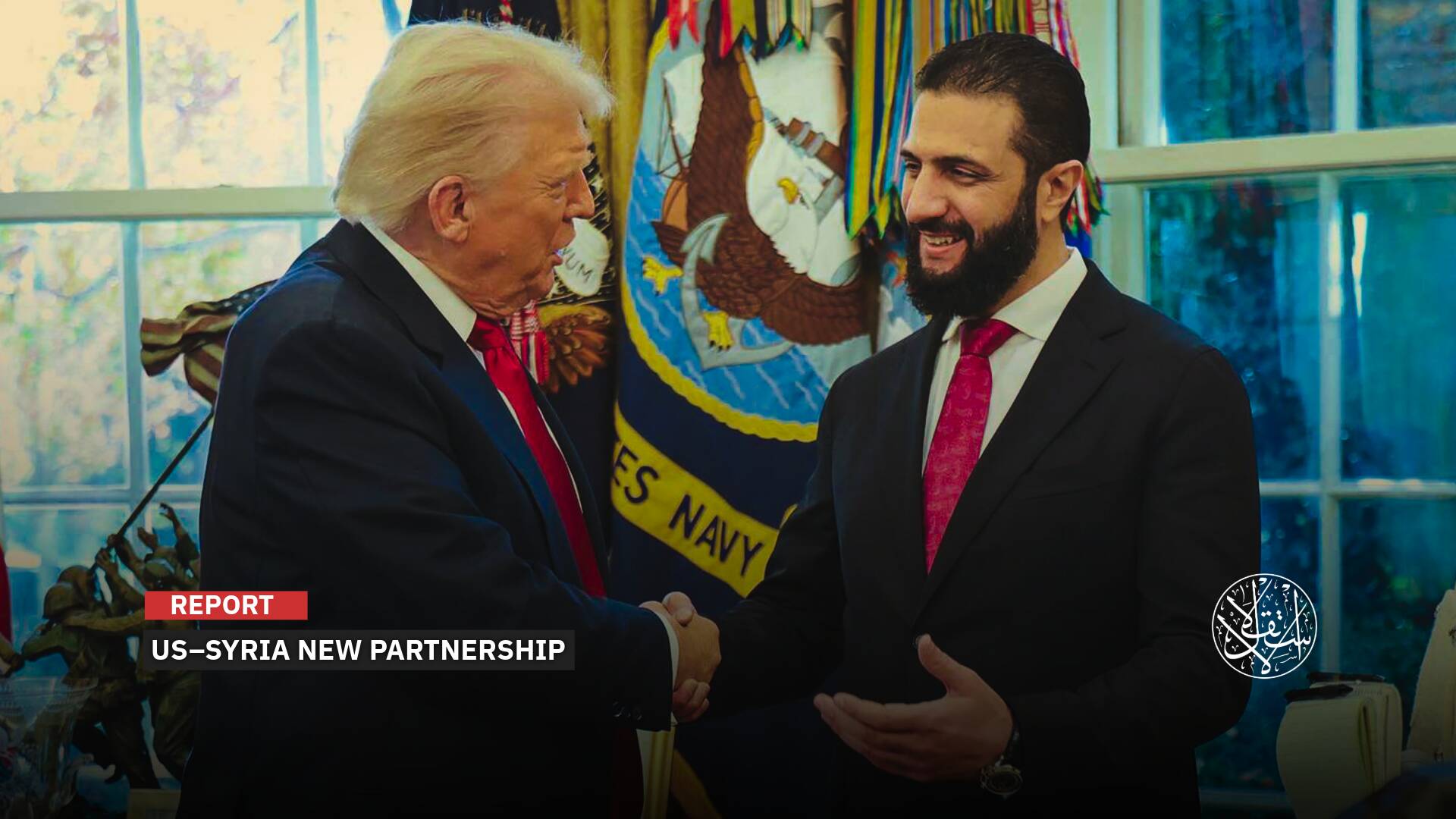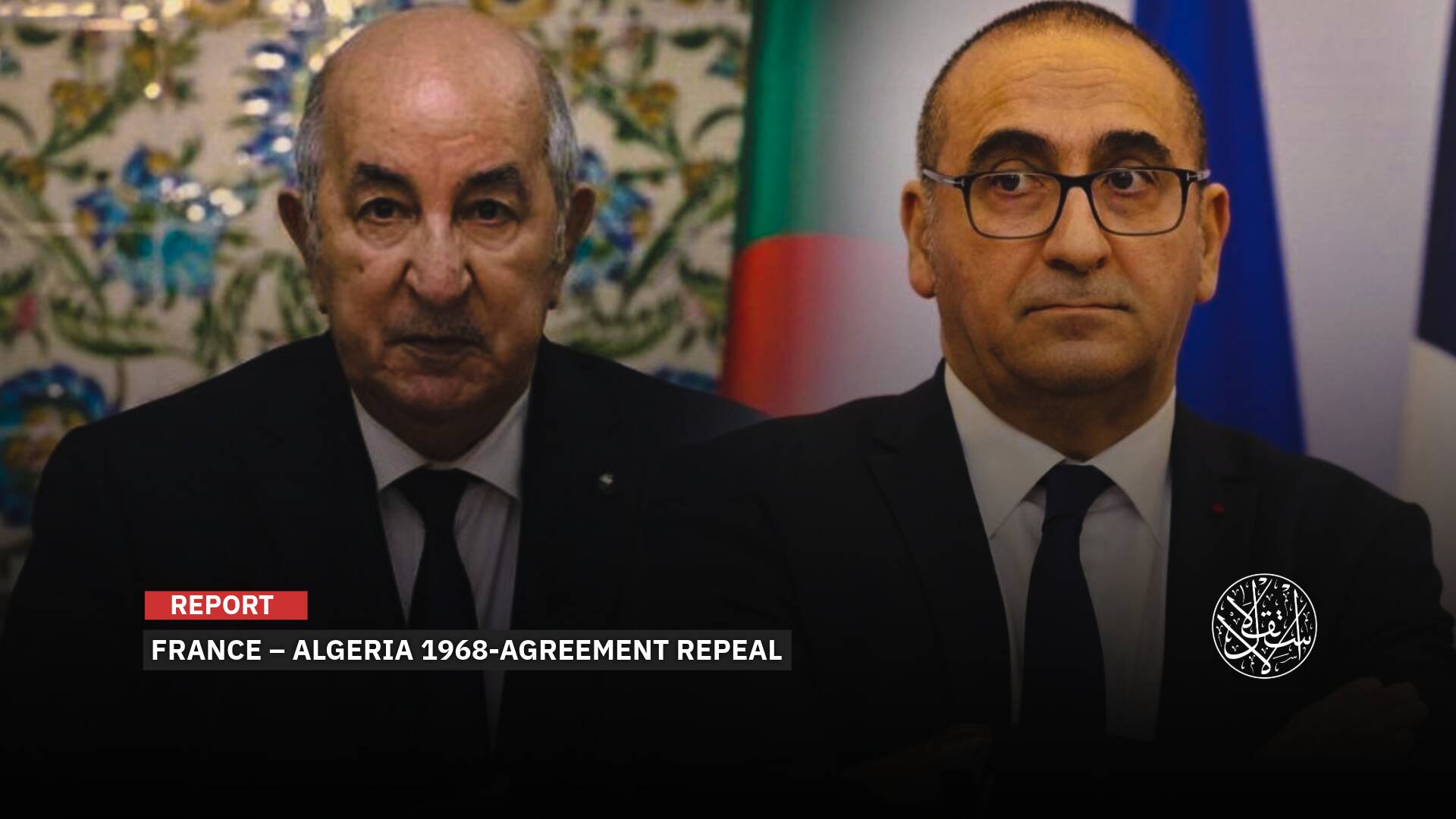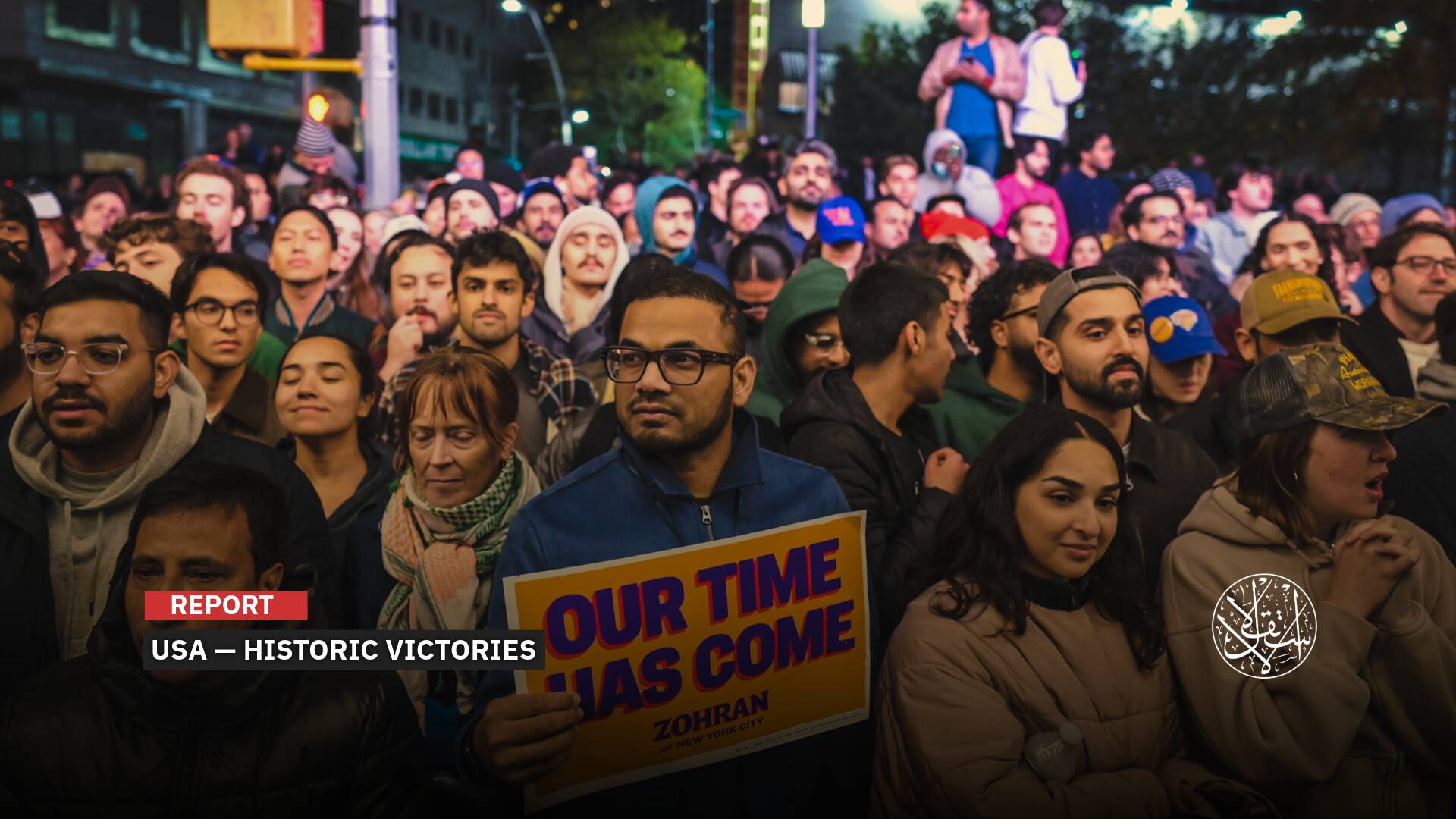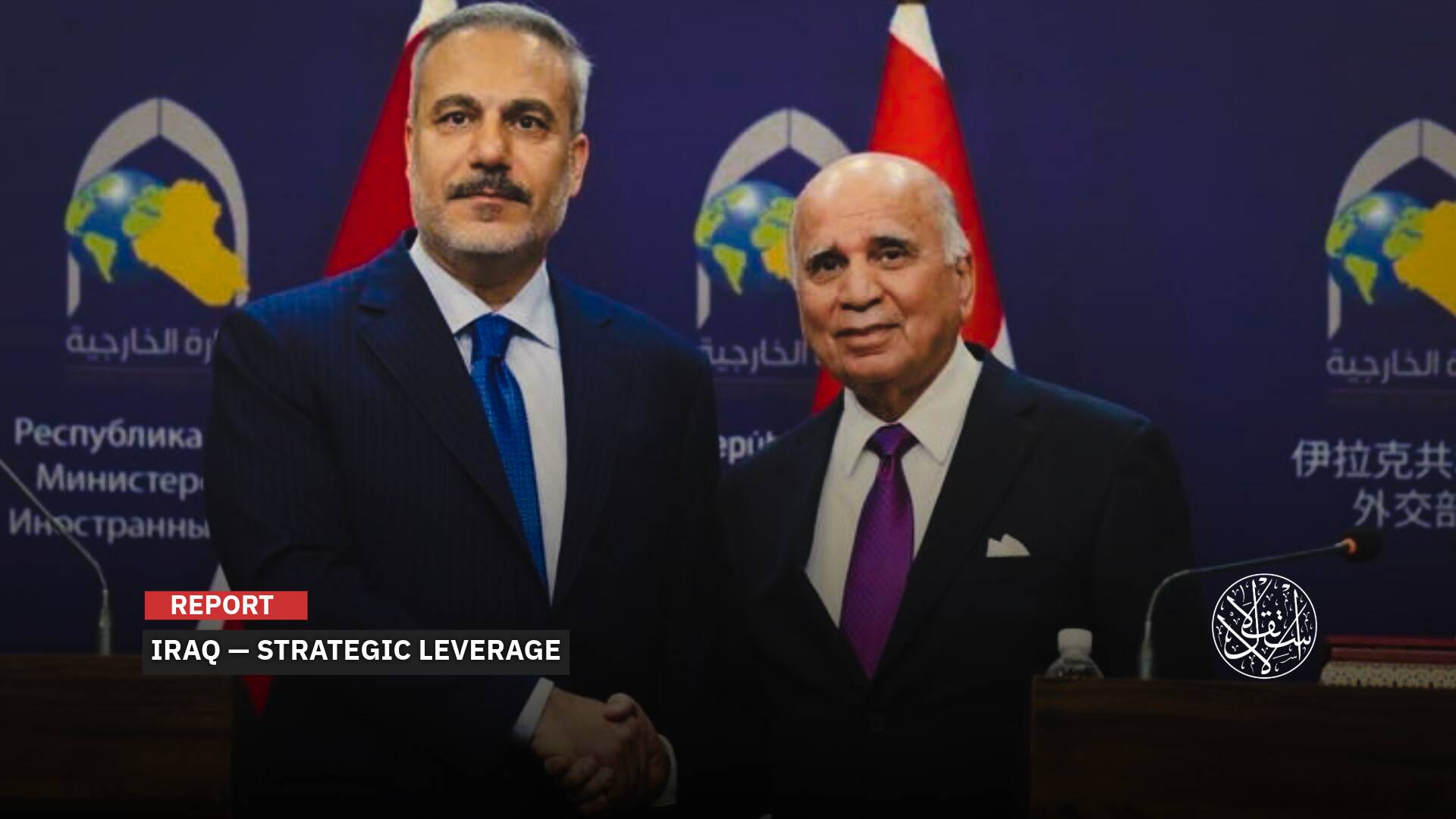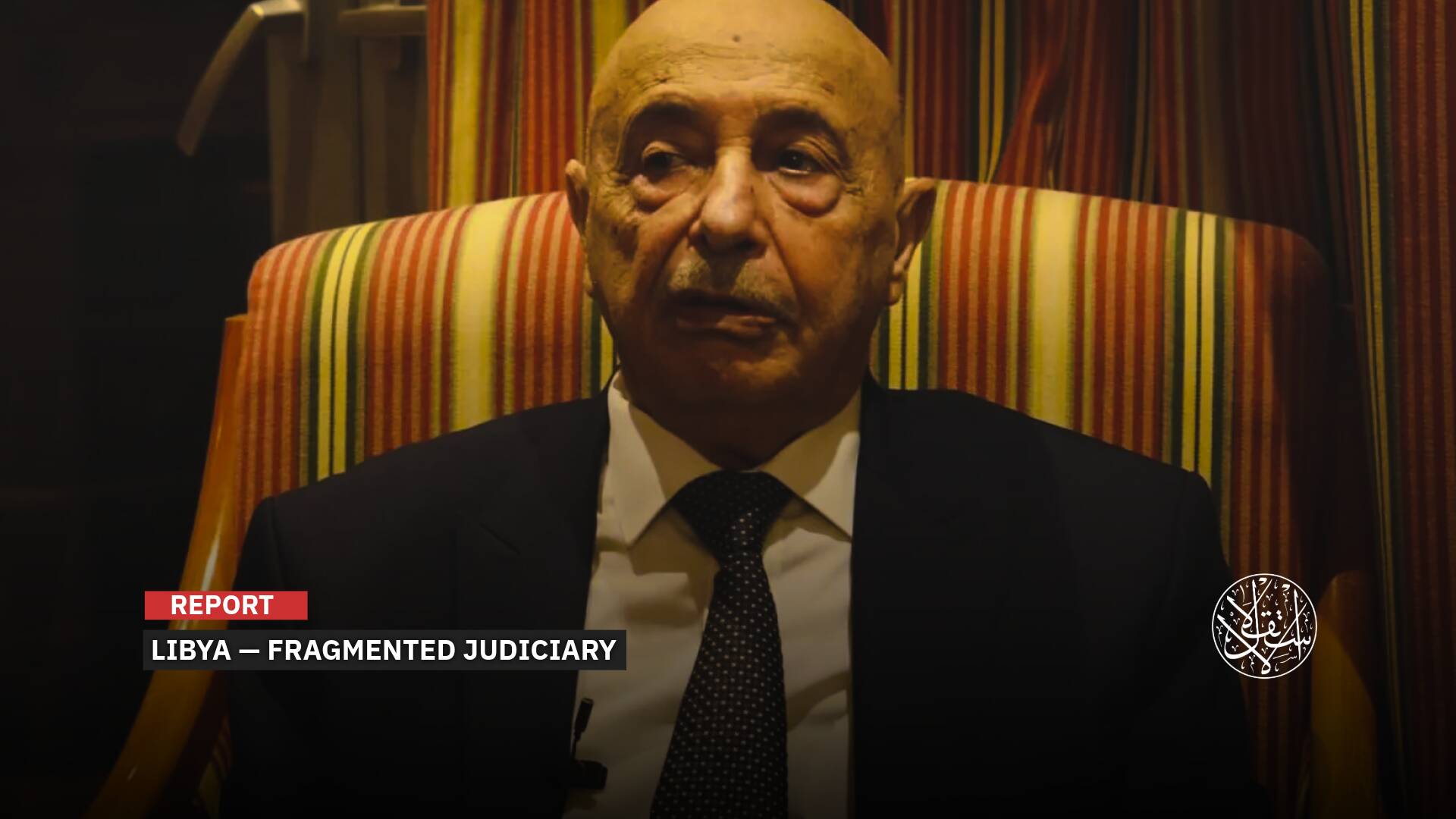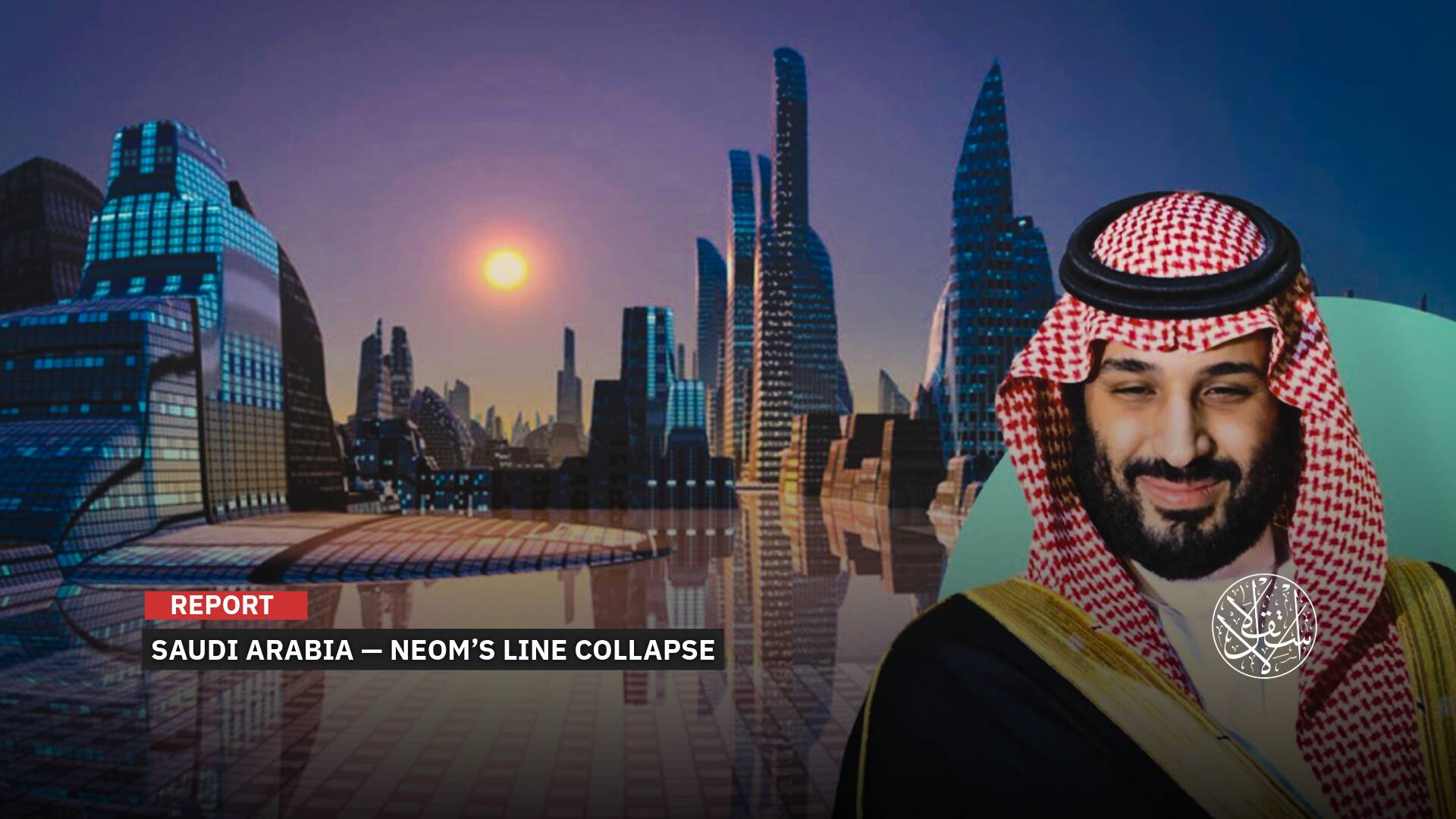‘Israel’s’ Occupation Corridor to Sweida: Real Objective or Pressure Tactic?
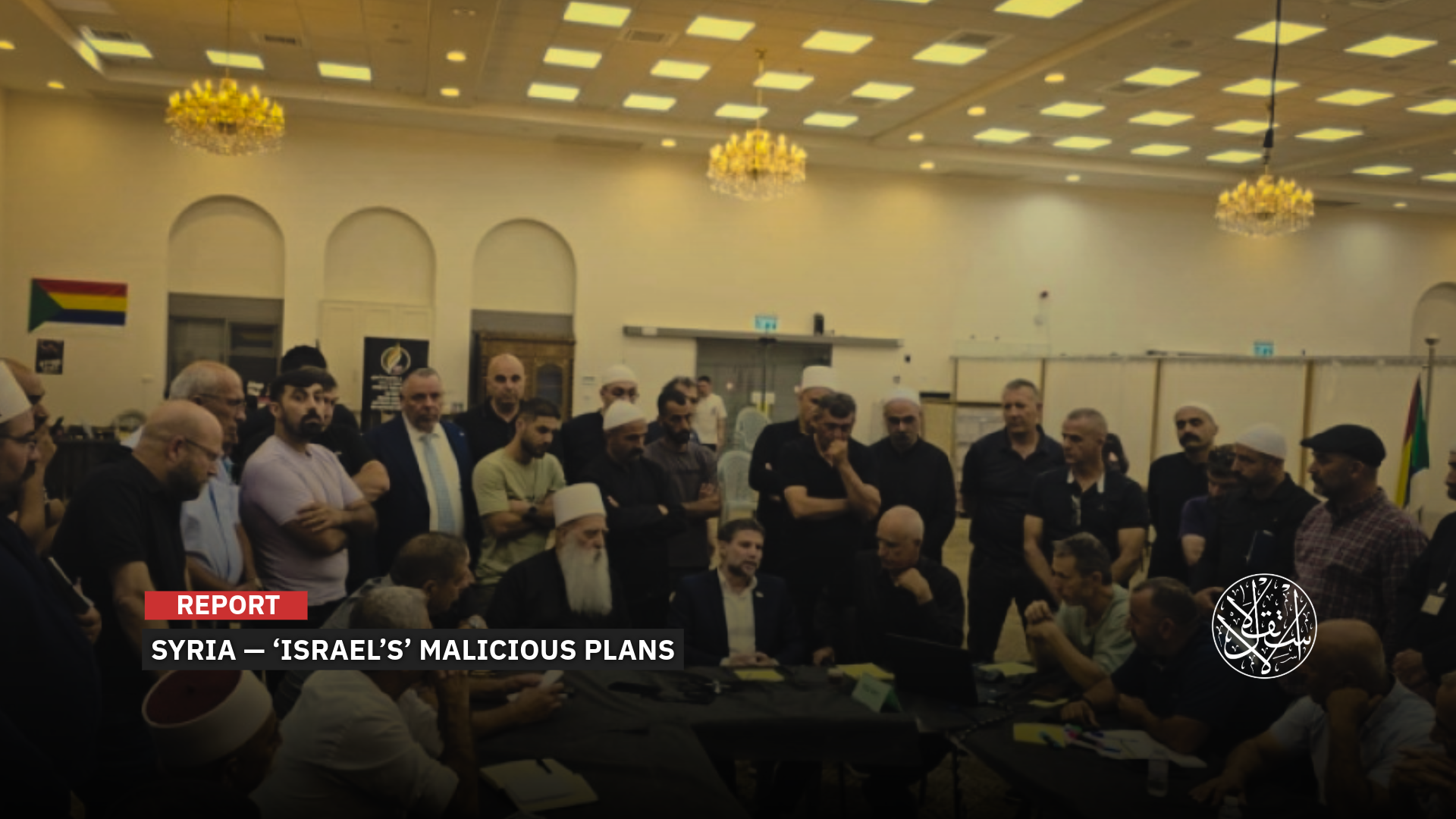
"Opening a corridor to Sweida has long been an Israeli dream."
As the new Syrian state works to restore order in Sweida, a predominantly Druze province, “Israel” has revealed its intention to open a corridor to the area in southern Syria.
Israeli Finance Minister Bezalel Smotrich repeated the Israeli Occupation’s claims of protecting members of the Druze community in Syria and called for the opening of a passage between the Syrian territories under Israeli occupation and Sweida Province.
There is no shared land border between the Israeli Occupation and Sweida, which is separated from the occupied Syrian Golan Heights by the entire province of Daraa.
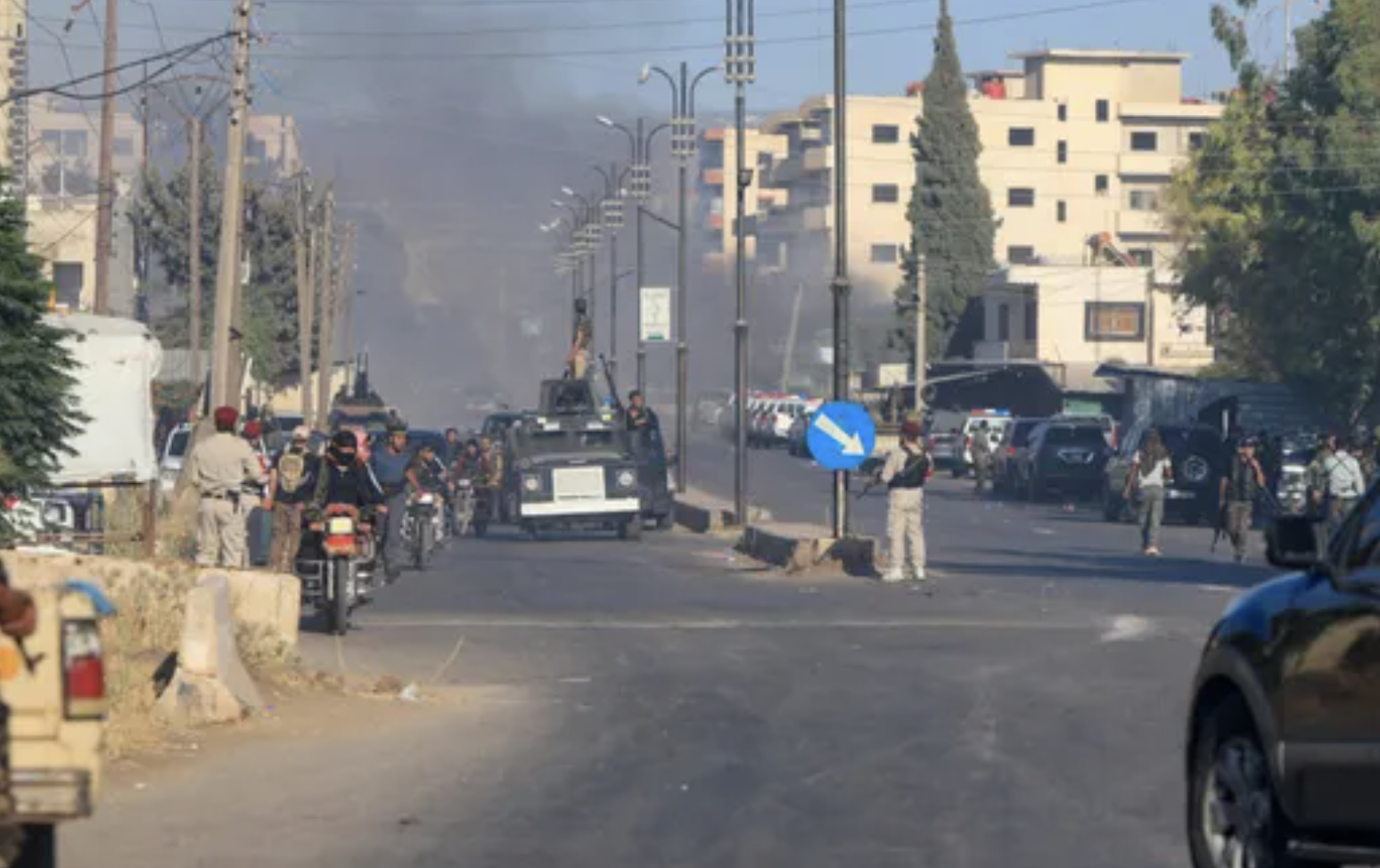
Corridor to Sweida
Extremist Minister Bezalel Smotrich said that on July 31, 2025, he visited, together with Sheikh Muwaffaq Tarif, the spiritual leader of the Druze community in Palestine, and Yasser Gadban, chairman of the Druze and Circassian Local Councils Forum, the operations room established by the community in the village of Julis in the Western Galilee region of northern Palestine, “to maintain contact and monitor the situation of their Druze brothers” in Sweida.
Smotrich claimed that the situation in Sweida is “very severe” and that the current ceasefire in the area is merely a deceptive calm aimed at encircling Druze populations, destroying some villages in the region, and causing a humanitarian crisis.
“At the same time, the strong partnership between Israel and the Druze community stands out, along with Israel’s commitment to the lives and security of the Druze in Syria. This is a necessary humanitarian and moral act, as well as an Israeli security interest,” he said.
“We must demand and immediately secure a humanitarian corridor to allow the delivery of food, medical supplies, and essential equipment to the besieged Druze. We must also prepare militarily to defend them, to impose a heavy price on the Syrian regime, and to create strong deterrence to prevent a repeat of the attack.”
Smotrich noted that he informed Druze community leaders that the Israeli Finance Ministry “will allocate any required budget for this purpose.”
Separatist Druze Sheikh Hikmat al-Hijri’s appeal to “Israel” to block the Syrian state’s attempts to extend its institutions into the province has given “Israel” a major pretext to advance new imperial projects in the region.
As part of his effort to create a new reality in Syria that would isolate Sweida and distance it from the authority of central Damascus, al-Hijri issued a statement on July 16, 2025, asking Israeli Prime Minister Benjamin Netanyahu to “save Sweida” in an open appeal to the sworn enemy of Syrians and the occupier of their land.
Al-Hijri also rejected the new Syrian state’s efforts to assert control over security and government institutions in Sweida, particularly after security forces advanced toward the province on July 13, 2025, to restore stability following clashes between Bedouin tribes and local Druze factions in its countryside.
“Israel” responded to al-Hijri’s calls. On July 16, the Israeli Occupation military launched a large-scale assault on Syria, carrying out airstrikes on more than 160 targets in four provinces—Sweida, neighboring Daraa, and the Damascus countryside, as well as Damascus itself—striking the General Staff headquarters and the vicinity of the presidential palace in the capital.
Syrian Internal Security Commander in Sweida Province Brig. Gen. Ahmad al-Dalati confirmed that more than 200 members of the Defense and Interior ministries were killed as a result of Israeli strikes on the first day alone of clashes in Sweida city and its countryside with al-Hijri’s militia, while more than 400 others were wounded.

A State of Uncertainty
The recent intensive Israeli attacks, particularly in southern Sweida, have heightened tensions between the Druze community and the Damascus government, which is seeking to extend its institutions into Sweida while Hikmat al-Hijri rejects such efforts, accusing the current Syrian leadership of being “takfiri.”
A ceasefire in Sweida has been in effect since July 19, 2025, when U.S. Ambassador to Turkiye and Special Envoy to Syria Tom Barrack announced that Syria and “Israel” agreed to the truce, with support from Turkiye, Jordan, and neighboring countries.
For now, the city of Sweida remains under siege by the Syrian Interior Ministry, which allows the entry of international aid, while “Israel” continues to send assistance to the city by helicopter.
With al-Hijri and his militias blocking the entry of Syrian state institutions into Sweida, the deadlock fuels uncertainty over the province’s fate, which has witnessed the fiercest armed confrontation since the fall of the Assad regime on December 8, 2024.
Al-Hijri does not necessarily represent the majority of Druze in Syria, as there are other spiritual authorities within Sweida who reject Israeli intervention. Among them is Sheikh Laith al-Balaous, a leader in the Men of Dignity Movement, who opposes al-Hijri and remains committed to the unity of the Syrian state.
With al-Hijri’s open collaboration with “Israel,” Israeli Occupation forces are carrying out attacks and incursions in Daraa Province, which lies between Sweida and the Golan Heights, occupied since 1967.
If “Israel” sought to reach Sweida by land, it would require the occupation of villages in Quneitra and Daraa.
Retired Brig. Gen. Abdullah al-Asaad, head of the Syrian Rasd Center for Strategic Studies, told Al-Estiklal that “opening a corridor to Sweida has long been an Israeli dream, and Tel Aviv is seeking to achieve it, especially as Israel has found in the Hikmat al-Hijri card an opportunity to create a new reality in southern Syria.”
“It appears that Israel is seeking to inflame the situation in Sweida to serve its project and to compel the United States to arrange new security measures in southern Syria.”
“Everything Israel is planning in southern Syria depends on the new Syrian state’s ability to work toward opening a corridor from the Zionist entity [the Israeli Occupation] to Sweida,” al-Asaad added.
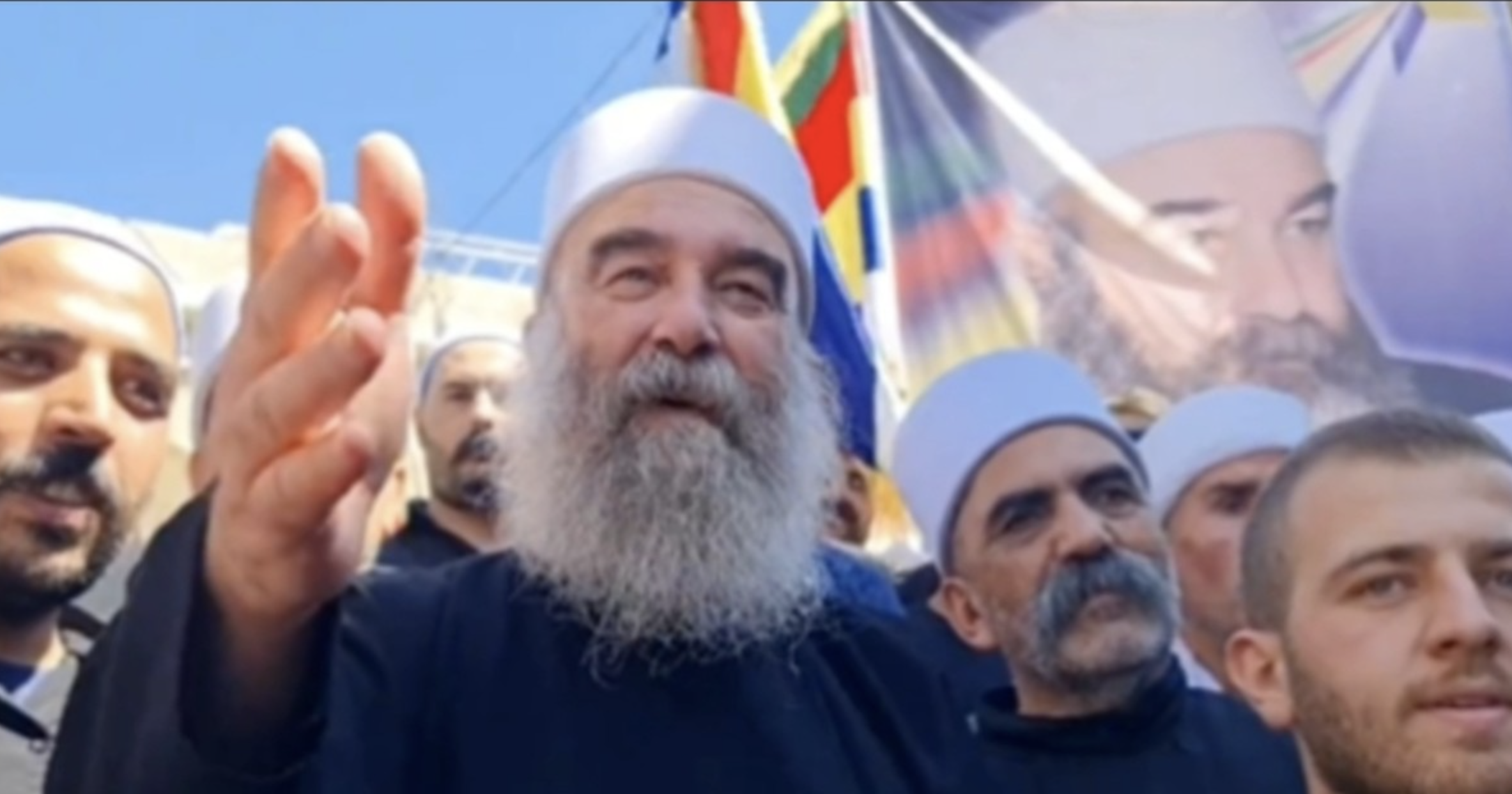
Reputation Boost
An Israeli strategy was advanced under the name of Oded Yinon, an employee in the Israeli Foreign Ministry, and published in Kivunim (Directions), a journal of the World Zionist Organization, in February 1982.
That plan called for the dismantling of Syria into areas of ethnic and religious minorities as “Israel’s” principal long-term objective on the eastern front.
The Israeli strategy sought to break Syria into several states based on its ethnic and religious makeup.
The Yinon Plan asserted that “Israel’s” security and dominance depended on fragmenting Arab states into smaller sectarian and ethnic entities, including Druze, Alawites, Kurds, Maronites, Copts, and others.
The aim was to replace strong, centralized Arab states with weak mini-states divided into parts that posed no threat to “Israel” and could become allies or client entities under Israeli protection.
“Israel is seeking to pressure the new Syrian state to implement Israeli conditions that southern Syria be demilitarized,” Syrian researcher Ammar Jallou told Al-Estiklal.
“Israel is determined to open a corridor to Sweida, driven by the Druze’s strong influence within its ruling coalition through a so-called blood pact. At the same time, this effort aims to restore Israel’s damaged humanitarian image and portray itself as a defender of minorities after its reputation was shattered in Gaza.”
“Israel’s attempt to open a corridor to Sweida, which is currently under siege by the Damascus government, gives Tel Aviv every pretext and polishes its image internationally by portraying itself as aiding civilians in Sweida and providing them with assistance and protection after its image was damaged in Gaza,” Jallou said.
“The opening of a corridor from Israel to Sweida is aimed at increasing the link between Druze in Syria and Druze in Israel, as well as orienting the people of Sweida toward the south—that is, toward whoever provides them protection, assistance, and attention to their concerns—after the mistakes made by the new Syrian government in handling the Sweida issue, even though this is clearly an Israeli investment in the people of Sweida.”
“The new Syrian government’s agreement to demilitarize the south as part of the Sweida ceasefire is a political crime. It invites a hostile regional player, which is Israel, into Syria’s internal affairs and paves the way for deals that include Israel as a key actor in resolving Sweida’s crisis,” the researcher added.
“Agreeing that Israel be a party in an internal matter means that the Damascus government opens the door for external actors to become parties in solving other internal problems, such as the case of the Syrian Democratic Forces.”
Sources
- Israeli finance minister calls for humanitarian corridor to Syria’s Suwayda for Druze community
- Syria after Assad: How Israel and the US are accelerating plans to partition the country
- https://www.reuters.com/world/middle-east/israel-syria-agree-ceasefire-israel-allows-syrian-troops-limited-access-sweida-2025-07-18/
- An Israeli Interest: Smotrich Reaffirms Claims of Protecting Druze and Calls for Opening a Corridor to Sweida [Arabic]


